Tropicamide
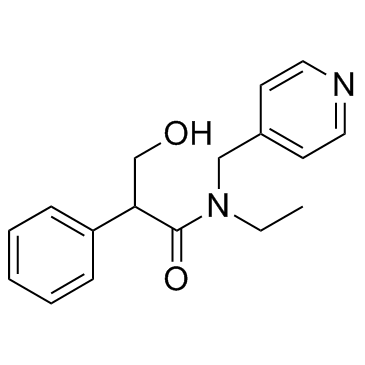
Tropicamide structure
|
Common Name | Tropicamide | ||
|---|---|---|---|---|
| CAS Number | 1508-75-4 | Molecular Weight | 284.353 | |
| Density | 1.2±0.1 g/cm3 | Boiling Point | 492.8±45.0 °C at 760 mmHg | |
| Molecular Formula | C17H20N2O2 | Melting Point | 98 °C | |
| MSDS | Chinese USA | Flash Point | 251.8±28.7 °C | |
| Symbol |

GHS07 |
Signal Word | Warning | |
Use of TropicamideTropicamide is an anticholinergic and a muscarinic receptor subtype M4-preferring antagonist .Target: mAChRTropicamide is an antimuscarinic drug that produces short acting mydriasis (dilation of the pupil) and cycloplegia when applied as eye drops. It is used to allow better examination of the lens, vitreous humor, and retina. Due to its relatively short duration of effect (4-8 hours), it is typically used during eye examinations such as the dilated fundus examination, but it may also be used before or after eye surgery. Cycloplegic drops are often also used to treat anterior uveitis, decreasing risk of posterior synechiae and decreasing inflammation in the anterior chamber of the eye [1-3]. |
| Name | Tropicamide |
|---|---|
| Synonym | More Synonyms |
| Description | Tropicamide is an anticholinergic and a muscarinic receptor subtype M4-preferring antagonist .Target: mAChRTropicamide is an antimuscarinic drug that produces short acting mydriasis (dilation of the pupil) and cycloplegia when applied as eye drops. It is used to allow better examination of the lens, vitreous humor, and retina. Due to its relatively short duration of effect (4-8 hours), it is typically used during eye examinations such as the dilated fundus examination, but it may also be used before or after eye surgery. Cycloplegic drops are often also used to treat anterior uveitis, decreasing risk of posterior synechiae and decreasing inflammation in the anterior chamber of the eye [1-3]. |
|---|---|
| Related Catalog | |
| References |
| Density | 1.2±0.1 g/cm3 |
|---|---|
| Boiling Point | 492.8±45.0 °C at 760 mmHg |
| Melting Point | 98 °C |
| Molecular Formula | C17H20N2O2 |
| Molecular Weight | 284.353 |
| Flash Point | 251.8±28.7 °C |
| Exact Mass | 284.152466 |
| PSA | 53.43000 |
| LogP | 1.15 |
| Vapour Pressure | 0.0±1.3 mmHg at 25°C |
| Index of Refraction | 1.586 |
| Storage condition | 2-8°C |
| Water Solubility | 45% (w/v) aq 2-hydroxypropyl-β-cyclodextrin: 4.3 mg/mL |
CHEMICAL IDENTIFICATION
HEALTH HAZARD DATAACUTE TOXICITY DATA
|
| Symbol |

GHS07 |
|---|---|
| Signal Word | Warning |
| Hazard Statements | H302 + H312 + H332-H315-H317-H319-H335 |
| Precautionary Statements | P261-P280-P301 + P312 + P330-P305 + P351 + P338 |
| Hazard Codes | Xn:Harmful |
| Risk Phrases | R20/21/22;R36/37/38;R42/43 |
| Safety Phrases | S22-S26-S36 |
| RIDADR | NONH for all modes of transport |
| WGK Germany | 3 |
| RTECS | CY1487860 |
| HS Code | 2933399090 |
|
~% 
Tropicamide CAS#:1508-75-4 |
| Literature: DE960634 , ; |
|
~% 
Tropicamide CAS#:1508-75-4 |
| Literature: DE960634 , ; |
| HS Code | 2933399090 |
|---|---|
| Summary | 2933399090. other compounds containing an unfused pyridine ring (whether or not hydrogenated) in the structure. VAT:17.0%. Tax rebate rate:13.0%. . MFN tariff:6.5%. General tariff:20.0% |
|
Short pulse laser induces less inflammatory cytokines in the murine retina after laser photocoagulation.
Ophthalmic Res. 53(2) , 65-73, (2015) The purpose of this study was to evaluate the effect of pulse duration on the expression of inflammatory cytokines in the murine retina after laser photocoagulation treatment with a PASCAL(®) pattern ... |
|
|
Pigment epithelium-derived factor inhibits retinal microvascular dysfunction induced by 12/15-lipoxygenase-derived eicosanoids.
Biochim. Biophys. Acta 1851(3) , 290-8, (2015) We recently demonstrated that 12/15-lipoxygenase (LOX) derived metabolites, hydroxyeicosatetraenoic acids (HETEs), contribute to diabetic retinopathy (DR) via NADPH oxidase (NOX) and disruption of the... |
|
|
Protective Effects of Human iPS-Derived Retinal Pigmented Epithelial Cells in Comparison with Human Mesenchymal Stromal Cells and Human Neural Stem Cells on the Degenerating Retina in rd1 mice.
Stem Cells 33(5) , 1543-53, (2015) Retinitis pigmentosa (RP) is a group of visual impairments characterized by progressive rod photoreceptor cell loss due to a genetic background. Pigment epithelium-derived factor (PEDF) predominantly ... |
| N-Ethyl-N-(g-picolyl)tropamide |
| 8-Methyl-8-azabicyclo[3.2.1]octan-3-ol |
| N-Ethyl-2-phenyl-N-(4-pyridylmethyl)hydracrylamide |
| Tropine |
| endo-Tropanol |
| TROPAN-3ALPHA-OL |
| 3alpha-Tropanol |
| N-Ethyl-a-(hydroxymethyl)-N-(4-pyridinylmethyl)benzeneacetamide |
| 8-Azabicyclo[3.2.1]octan-3-ol, 8-methyl- |
| N-ethyl-3-hydroxy-2-phenyl-N-(pyridin-4-ylmethyl)propanamide |
| N-Ethyl-N-(4-pyridylmethyl)tropamide |
| N-Ethyl-3-hydroxy-2-phenyl-N-(4-pyridinylmethyl)propanamide |
| Benzeneacetamide, N-ethyl-α-(hydroxymethyl)-N-(4-pyridinylmethyl)- |
| EINECS 216-140-2 |
| Tropicamide |
| Mydriacyl |
| N-Ethyl-2-phenyl-N-(4-pyridylmethyl)hydracrylamide,Ro 1-7683,Tropicamide |
| UNII:N0A3Z5XTC6 |
| endo-8-Methyl-8-azabicyclo[3.2.1]octan-3-ol |
| tropinol |
| MFCD00058580 |
| 3-TROPANOL |
| N-Ethyl-2-phenyl-N-(4-pyridylmethyl)hydracrylamide,Ro 1-7683 |
| TROPANOL |
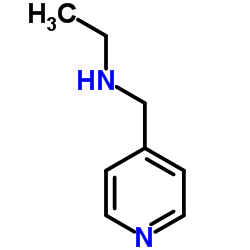
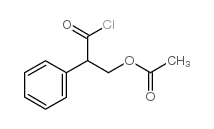
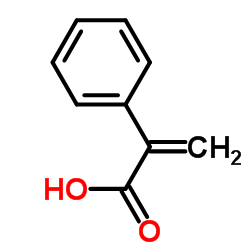 CAS#:492-38-6
CAS#:492-38-6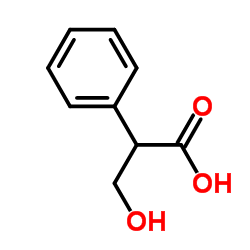 CAS#:529-64-6
CAS#:529-64-6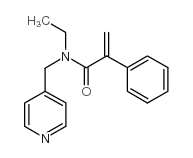 CAS#:57322-50-6
CAS#:57322-50-6
